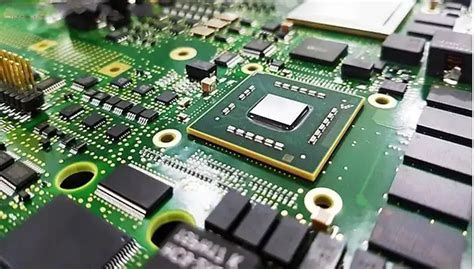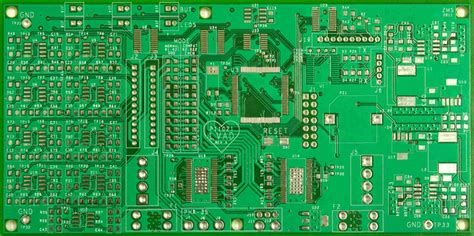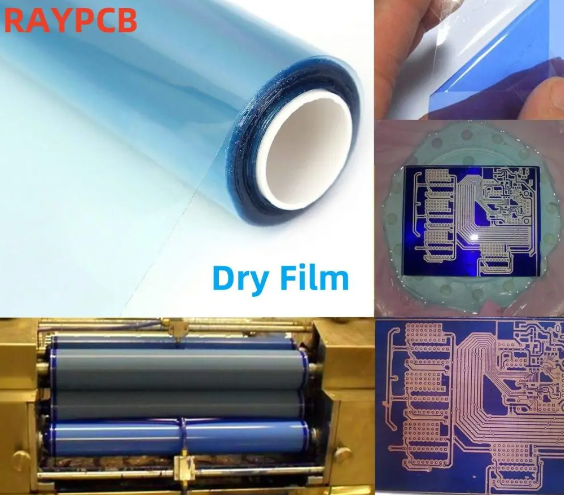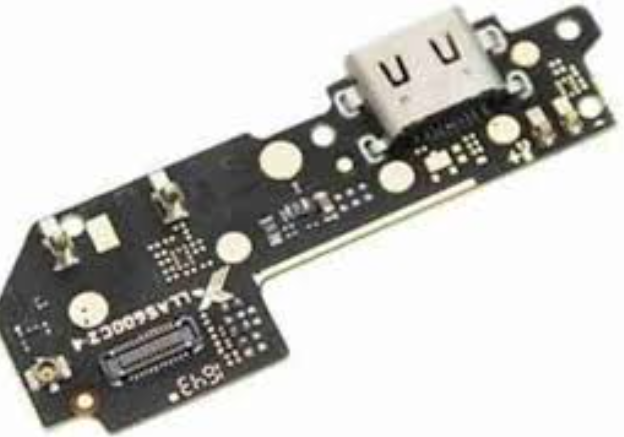Rf connector pcb mount
Understanding RF Connector PCB Mount: A Comprehensive Guide
RF connectors are integral components in the realm of electronic communication, serving as the critical interface between radio frequency (RF) systems and printed circuit boards (PCBs). Understanding the nuances of RF connector PCB mounts is essential for engineers and designers who aim to optimize the performance and reliability of electronic devices. These connectors are designed to transmit RF signals with minimal loss, ensuring that the integrity of the signal is maintained from the source to the destination. As technology advances, the demand for efficient and reliable RF connectors continues to grow, making it imperative to comprehend their design, functionality, and application.
To begin with, RF connector PCB mounts are specifically engineered to provide a stable and secure connection between the RF components and the PCB.
This connection is crucial because any instability or poor contact can lead to signal degradation, which in turn affects the overall performance of the device. The design of these connectors takes into account factors such as impedance matching, frequency range, and mechanical stability. Impedance matching is particularly important as it ensures that the maximum amount of signal power is transferred from the source to the load without reflections, which can cause signal loss and distortion.
Moreover, the frequency range of an RF connector is a critical parameter that determines its suitability for a particular application.
Different connectors are designed to operate efficiently over specific frequency bands, and selecting the appropriate connector is vital to ensure optimal performance. For instance, connectors used in high-frequency applications, such as microwave communications, require precise engineering to handle the demands of such environments. Additionally, mechanical stability is another key consideration, as RF connectors must withstand various environmental conditions, including vibration, temperature fluctuations, and physical stress, without compromising their performance.
Transitioning to the types of RF connector PCB mounts, there are several variations available, each with its unique characteristics and applications.
Common types include surface mount, through-hole, and edge mount connectors. Surface mount connectors are favored for their compact size and ease of integration into automated assembly processes, making them ideal for high-volume production. Through-hole connectors, on the other hand, provide robust mechanical support and are often used in applications where durability is paramount. Edge mount connectors are designed to be mounted on the edge of a PCB, offering a space-saving solution for devices with limited real estate.
Furthermore, the selection of an RF connector PCB mount involves careful consideration of the specific requirements of the application.
Factors such as the operating environment, signal frequency, and mechanical constraints must be evaluated to ensure that the chosen connector meets the desired performance criteria. It is also essential to consider the material and plating of the connector, as these can impact its conductivity, corrosion resistance, and overall longevity.
In conclusion, RF connector PCB mounts play a pivotal role in the functionality and efficiency of electronic devices that rely on RF communication. By understanding their design principles, types, and application considerations, engineers can make informed decisions that enhance the performance and reliability of their products. As the demand for advanced communication technologies continues to rise, the importance of selecting the right RF connector PCB mount cannot be overstated, making it a critical aspect of modern electronic design.

Top Design Considerations for RF Connector PCB Mount Applications
When designing RF connector PCB mount applications, several critical considerations must be taken into account to ensure optimal performance and reliability. The integration of RF connectors onto printed circuit boards (PCBs) is a nuanced process that requires a deep understanding of both electrical and mechanical design principles. As RF technology continues to advance, the demand for efficient and effective PCB mount solutions has grown, making it essential for engineers to be well-versed in the key factors that influence design outcomes.
To begin with, impedance matching is a fundamental aspect of RF connector PCB mount design.
Ensuring that the impedance of the connector matches that of the transmission line is crucial for minimizing signal reflection and maximizing power transfer. This involves careful selection of the connector type and precise control over the PCB trace dimensions. By maintaining consistent impedance throughout the signal path, designers can significantly reduce signal loss and distortion, which are critical for maintaining signal integrity in high-frequency applications.
In addition to impedance matching, the physical layout of the PCB plays a pivotal role in the performance of RF connectors.
The placement of the connector on the PCB should be strategically planned to minimize parasitic inductance and capacitance, which can adversely affect signal quality. Moreover, the proximity of the connector to other components and traces should be considered to prevent electromagnetic interference (EMI). Utilizing ground planes and shielding techniques can further enhance the isolation of RF signals from potential sources of interference, thereby improving overall system performance.
Another important consideration is the mechanical stability of the RF connector on the PCB.
The connector must be securely mounted to withstand mechanical stresses such as vibration, shock, and thermal expansion. This requires careful attention to the soldering process and the use of appropriate mounting hardware. Additionally, the choice of materials for both the connector and the PCB substrate can impact the thermal and mechanical properties of the assembly. Selecting materials with compatible coefficients of thermal expansion can help prevent mechanical failure due to temperature fluctuations.
Furthermore, the frequency range of the application is a critical factor in selecting the appropriate RF connector.
Different connectors are designed to operate efficiently at specific frequency ranges, and choosing a connector that aligns with the application’s frequency requirements is essential for optimal performance. High-frequency applications may necessitate the use of specialized connectors that offer low insertion loss and high return loss characteristics.
Moreover, environmental considerations should not be overlooked in RF connector PCB mount design.
Factors such as temperature, humidity, and exposure to corrosive elements can affect the long-term reliability of the connector. Designing for environmental resilience may involve selecting connectors with appropriate sealing and protective features, as well as implementing conformal coatings on the PCB to guard against moisture and contaminants.
In conclusion, the design of RF connector PCB mount applications is a complex process that demands careful consideration of various electrical, mechanical, and environmental factors. By focusing on impedance matching, strategic layout, mechanical stability, frequency compatibility, and environmental resilience, engineers can develop robust and efficient RF systems. As technology continues to evolve, staying informed about the latest advancements in RF connector design will be essential for meeting the growing demands of modern communication systems.

Innovations in RF Connector PCB Mount Technology
In recent years, the field of radio frequency (RF) technology has witnessed significant advancements, particularly in the realm of RF connector PCB mount technology. These innovations have been driven by the increasing demand for high-frequency applications, which require reliable and efficient connections between RF components and printed circuit boards (PCBs). As the complexity of electronic devices continues to grow, the need for improved RF connector solutions has become more pronounced, prompting researchers and engineers to explore new materials, designs, and manufacturing techniques.
One of the key innovations in RF connector PCB mount technology is the development of advanced materials that enhance performance and durability.
Traditional materials, such as brass and beryllium copper, have been widely used in RF connectors due to their excellent electrical conductivity and mechanical properties. However, the quest for higher performance has led to the exploration of alternative materials, such as high-performance alloys and composite materials. These new materials offer superior thermal and electrical properties, which are crucial for maintaining signal integrity at high frequencies. Moreover, they provide enhanced resistance to environmental factors, such as corrosion and temperature fluctuations, thereby extending the lifespan of RF connectors.
In addition to material advancements, significant progress has been made in the design of RF connector PCB mounts.
Engineers are now employing sophisticated computer-aided design (CAD) tools to create intricate geometries that optimize signal transmission and minimize losses. These designs often incorporate features such as impedance matching and electromagnetic shielding, which are essential for reducing signal reflection and interference. Furthermore, the miniaturization of electronic devices has necessitated the development of compact RF connectors that can be seamlessly integrated into densely populated PCBs. This has led to the creation of innovative connector designs that maintain high performance while occupying minimal space.
Manufacturing techniques have also evolved to keep pace with the demands of modern RF applications.
Advanced fabrication methods, such as precision machining and additive manufacturing, have enabled the production of RF connectors with exceptional accuracy and consistency. These techniques allow for the creation of complex connector geometries that were previously unattainable, thereby enhancing the performance and reliability of RF connections. Additionally, the use of automated assembly processes has improved the efficiency and scalability of RF connector production, making it possible to meet the growing demand for these components in various industries.
The integration of RF connector PCB mounts into electronic systems has also been facilitated by advancements in testing and quality assurance.
Rigorous testing protocols have been developed to ensure that RF connectors meet stringent performance standards, particularly in terms of signal integrity and mechanical robustness. These tests often involve the use of sophisticated equipment, such as vector network analyzers and environmental chambers, to simulate real-world operating conditions. By subjecting RF connectors to comprehensive testing, manufacturers can guarantee their reliability and performance in demanding applications.
In conclusion, the innovations in RF connector PCB mount technology have been instrumental in addressing the challenges posed by high-frequency applications. Through the development of advanced materials, innovative designs, and cutting-edge manufacturing techniques, engineers have succeeded in creating RF connectors that offer superior performance, durability, and integration capabilities. As the demand for high-frequency applications continues to rise, it is expected that further advancements in RF connector technology will emerge, driving the evolution of electronic devices and systems. These innovations not only enhance the functionality of modern electronics but also pave the way for new possibilities in communication, computing, and beyond.

Common Challenges and Solutions in RF Connector PCB Mounting
Mounting RF connectors onto printed circuit boards (PCBs) presents a unique set of challenges that require careful consideration to ensure optimal performance and reliability. As RF connectors serve as critical interfaces for transmitting high-frequency signals, any missteps in their integration can lead to signal degradation, increased interference, and overall system inefficiencies. Therefore, understanding the common challenges associated with RF connector PCB mounting and exploring effective solutions is essential for engineers and designers working in this domain.
One of the primary challenges in RF connector PCB mounting is maintaining signal integrity.
High-frequency signals are particularly susceptible to losses and reflections, which can be exacerbated by improper connector placement or poor soldering techniques. To address this, it is crucial to ensure that the connectors are mounted with precision, aligning them accurately with the PCB traces. Utilizing advanced simulation tools during the design phase can help predict potential issues and optimize the layout for minimal signal disruption. Additionally, employing high-quality connectors with appropriate impedance matching can significantly reduce signal reflection and loss.
Another significant challenge is the mechanical stability of the mounted connectors.
RF connectors are often subjected to mechanical stresses due to cable connections and disconnections, which can lead to solder joint fatigue and eventual failure. To mitigate this risk, designers should consider using connectors with robust mechanical features, such as through-hole mounting or additional mechanical support structures. These features can provide enhanced stability and reduce the strain on solder joints, thereby extending the lifespan of the connection.
Thermal management is also a critical consideration in RF connector PCB mounting.
High-frequency operations can generate significant heat, which, if not properly managed, can affect the performance and reliability of both the connectors and the PCB. Implementing effective thermal management strategies, such as using heat sinks or thermal vias, can help dissipate excess heat and maintain optimal operating temperatures. Moreover, selecting materials with good thermal conductivity for both the connectors and the PCB can further enhance heat dissipation.
In addition to these technical challenges, environmental factors can also impact the performance of RF connectors.
Exposure to moisture, dust, and other contaminants can degrade the connectors over time, leading to increased insertion loss and reduced signal quality. To combat this, it is advisable to use connectors with appropriate environmental sealing, such as gaskets or O-rings, to protect against external elements. Furthermore, applying conformal coatings to the PCB can provide an additional layer of protection against environmental hazards.
Finally, cost considerations often play a significant role in the selection and implementation of RF connectors.
While high-performance connectors may offer superior signal integrity and durability, they can also be more expensive. Balancing performance requirements with budget constraints is a common challenge faced by designers. To achieve this balance, it is important to conduct a thorough analysis of the application’s specific needs and explore various connector options that meet both performance and cost criteria.
In conclusion, RF connector PCB mounting involves navigating a complex landscape of challenges, from maintaining signal integrity and mechanical stability to managing thermal and environmental factors. By employing strategic design practices and selecting appropriate materials and components, engineers can effectively address these challenges and ensure the reliable performance of RF systems. As technology continues to advance, staying informed about the latest developments in RF connector design and mounting techniques will be crucial for achieving success in this ever-evolving field.







